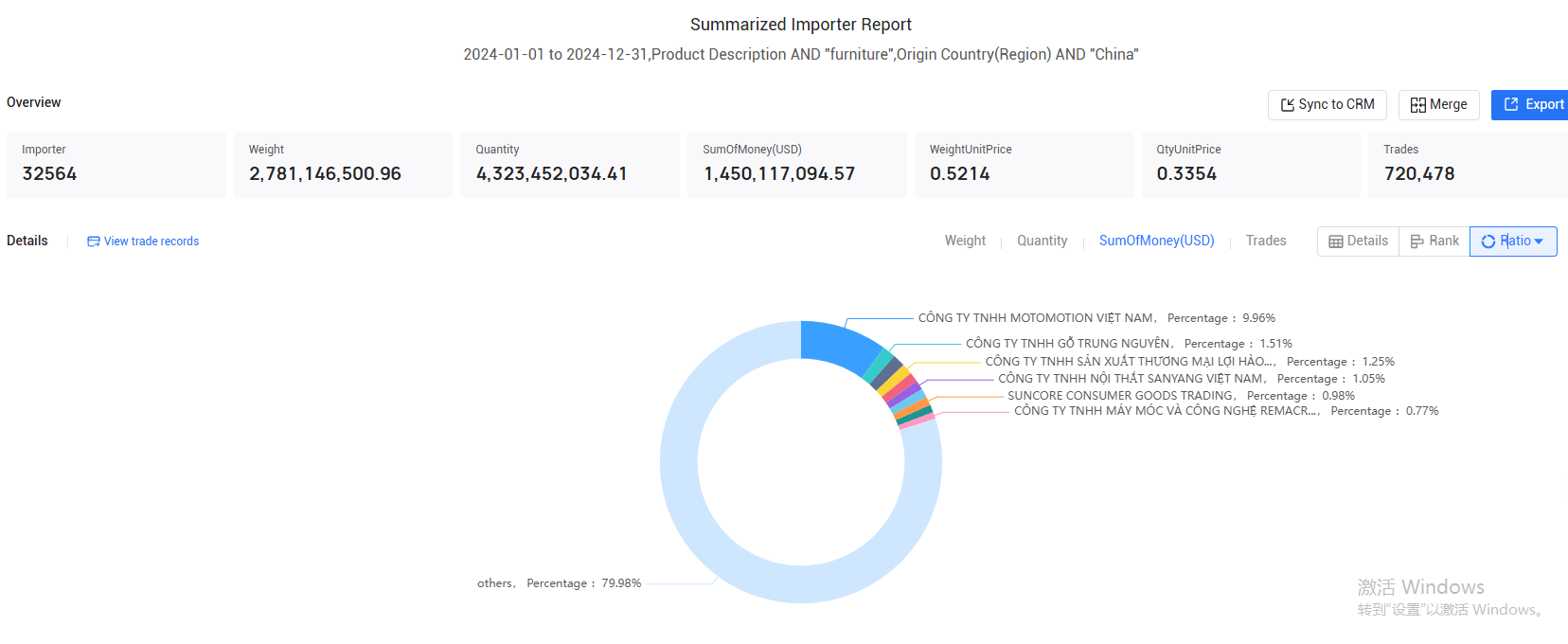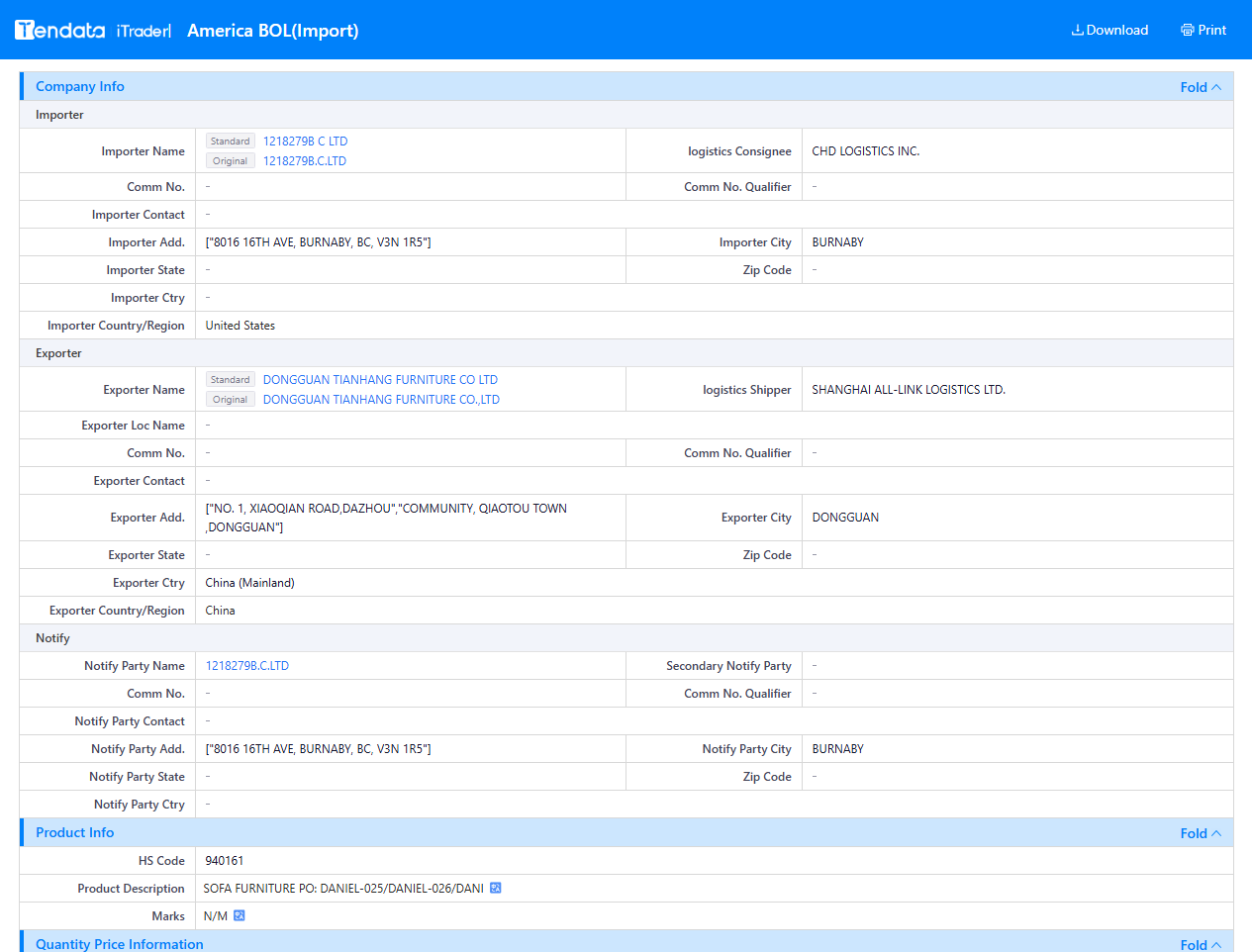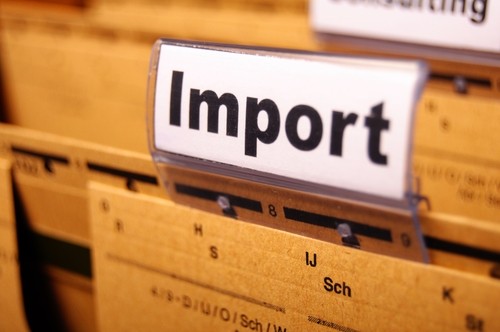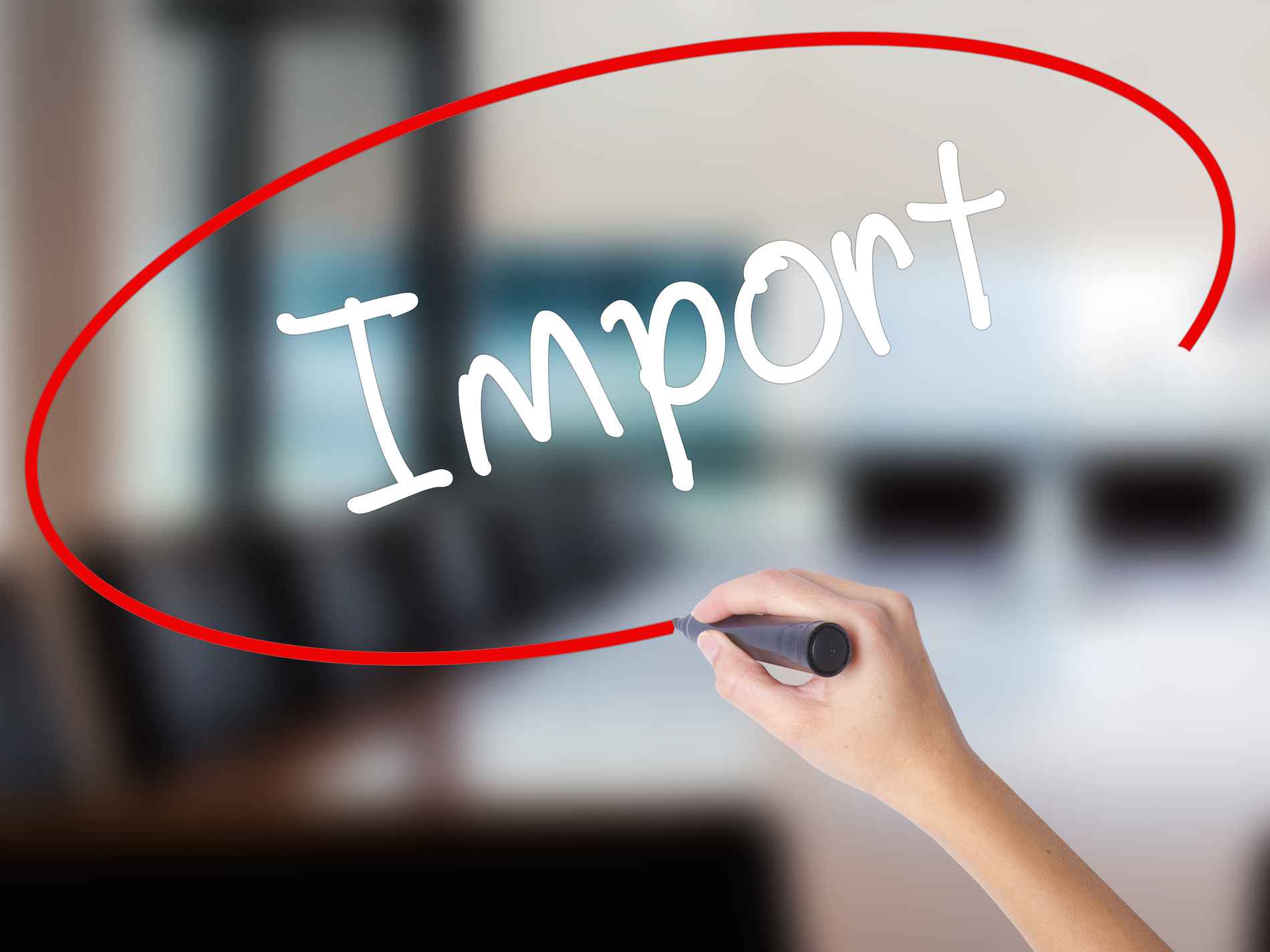 Import News
Import News
 2025-03-11
2025-03-11
China is the world's leading furniture exporter, supplying high-quality products at competitive prices. Whether you're a retailer, wholesaler, or an interior designer looking to source furniture, importing from China can be highly profitable. However, the process involves several steps, including supplier selection, quality inspection, customs clearance, and logistics. This guide will provide a step-by-step approach to import furniture from China efficiently.

Step 1: Identify the Right Supplier
1.1 Research Online Marketplaces
The first step is to find reliable furniture suppliers. Some of the best platforms include:
Alibaba: The largest B2B marketplace with a vast selection of furniture manufacturers.
Made-in-China: Another trusted platform offering direct access to Chinese suppliers.
Global Sources: Specializes in sourcing and verification of Chinese exporters.
1.2 Attend Trade Shows
Visiting trade fairs such as the Canton Fair or CIFF (China International Furniture Fair) allows you to inspect furniture quality firsthand and establish direct supplier relationships.
1.3 Verify Supplier Credentials
Before committing to a supplier, verify their credentials by:
Checking their business license and export history.
Requesting product samples.
Looking for factory audits or certifications such as ISO 9001 or FSC (for sustainable wood sourcing).
Step 2: Utilize Trade Data for Smarter Sourcing
To ensure you are selecting the best suppliers and identifying emerging market trends, leveraging trade data is crucial. Tendata, a leading customs data provider, offers invaluable insights into global import-export trends. With Tendata, you can:
Identify top furniture exporters in China based on real trade data.
Analyze competitors' sourcing strategies and see which suppliers they work with.
Access verified importer/exporter lists to expand your network.
Monitor pricing trends to negotiate better deals.
By integrating Tendata's data-driven insights, you can make more informed sourcing decisions and avoid unreliable suppliers when you import furniture from China.

>>>>Get Furniture Importer Report<<<<
Step 3: Understand Furniture Import Regulations
Check import duties and tariffs: Visit your country’s customs website to find HS codes and applicable taxes.
Comply with safety standards: Some countries require compliance with fire resistance or formaldehyde emission standards.
Obtain necessary certifications: For example, CE certification (Europe) or CARB compliance (USA).
Step 4: Negotiate Pricing and Payment Terms
Request bulk order discounts.
Compare quotes from multiple suppliers.
Agree on Incoterms (FOB, CIF, or EXW) to understand who covers shipping costs.
Choose safe payment methods: Secure options include Letter of Credit (LC), PayPal, or Escrow payments.
Step 5: Arrange Shipping and Logistics
Once your order is finalized, you need to decide on the best shipping method:
5.1 Choose a Shipping Method
LCL (Less than Container Load): Suitable for small orders.
FCL (Full Container Load): More cost-effective for bulk purchases.
Air Freight: Faster but expensive.
5.2 Select a Freight Forwarder
A reliable freight forwarder will handle customs clearance and ensure smooth transportation. Choose a company with expertise in furniture shipping.
5.3 Handle Customs Clearance
To avoid customs delays:
Ensure accurate documentation (invoice, packing list, bill of lading).
Pay import duties and taxes on time.
Work with a licensed customs broker if necessary.

>>>>Contact Tendata for More Details<<<<
Step 6: Quality Inspection and Delivery
Before finalizing the shipment, conduct a quality inspection:
Hire a third-party inspection service to check for defects.
Ensure proper packaging and labeling to prevent damage.
Test furniture samples for durability and finish quality.
Upon receiving the shipment, inspect the goods thoroughly before distributing them to your customers.

Conclusion
Importing furniture from China can be highly profitable if done correctly. By following these steps—finding the right supplier, utilizing trade data, understanding regulations, negotiating terms, arranging logistics, and conducting inspections—you can ensure a smooth and cost-effective importing experience. If you're looking to import furniture from China efficiently, leveraging tools like Tendata will give you an edge in market intelligence and supplier selection.
Category
Leave Message for Demo Request or Questions


 T-info
T-info T-discovery
T-discovery

 My
Tendata
My
Tendata Market Analysis
Market Analysis Customer
Development
Customer
Development Competitor
Monitoring
Competitor
Monitoring Customer Relationship
Customer Relationship





































































































































